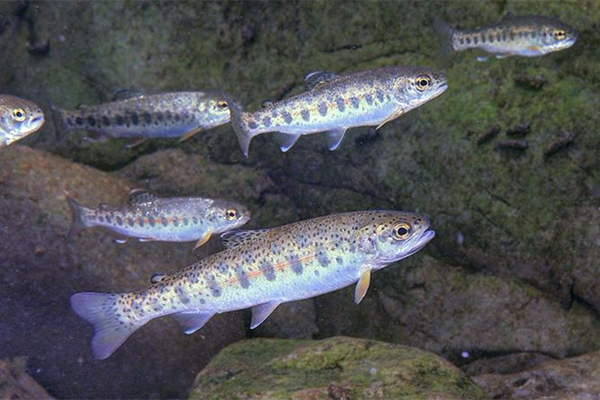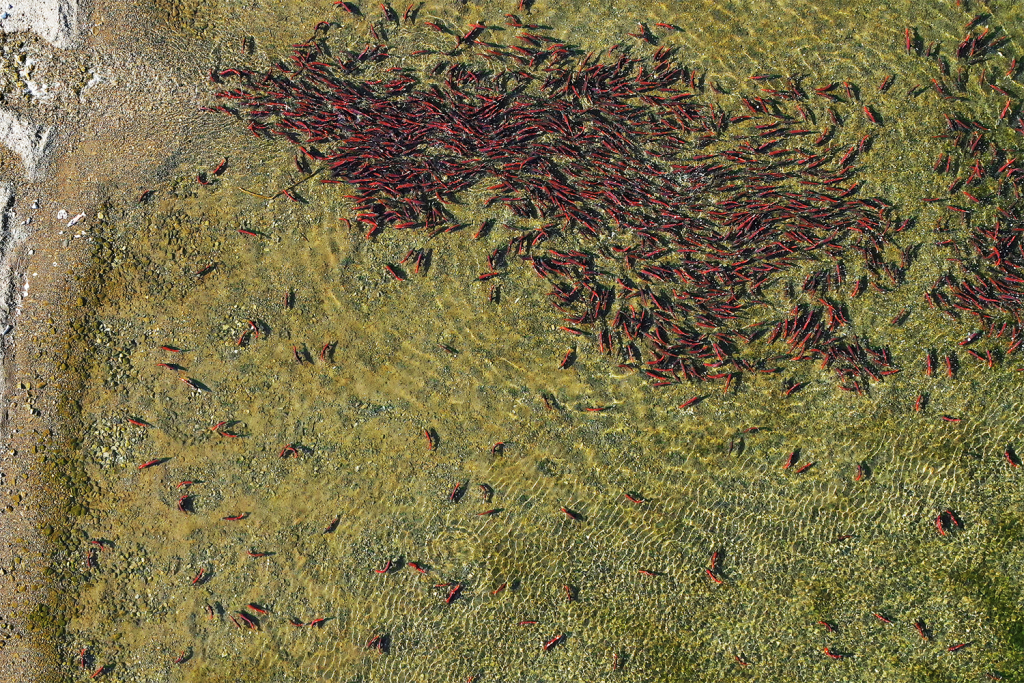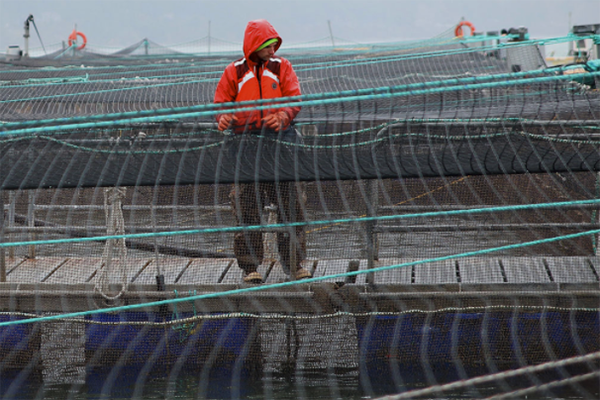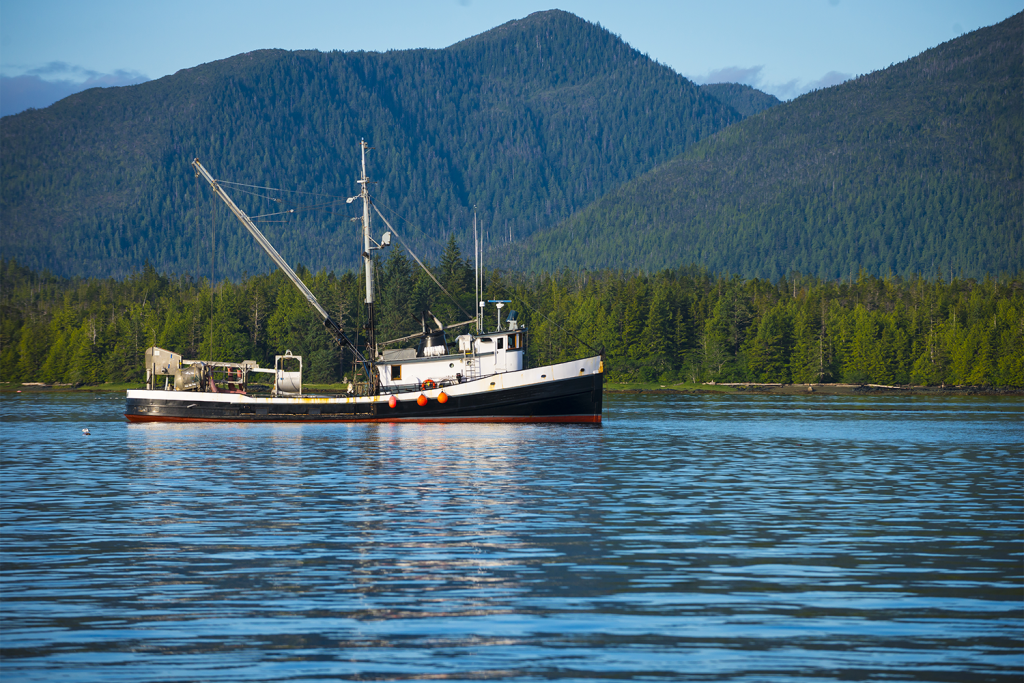Study finds no evidence of an increase in naturally spawning fish

New research from Oregon State University shows that more than $9 billion in inflation-adjusted tax dollars, spent over the course of four decades, has failed to improve stocks of wild salmon and steelhead in the state’s Columbia River Basin.
Led by William Jaeger of the OSU College of Agricultural Sciences, the study published today in PLOS One, analyzes 50 years of data that suggests while hatchery-reared salmon numbers have increased, there is no evidence of a net increase in naturally spawning fish.
Jaeger notes that Columbia River Basin steelhead and Chinook, coho and sockeye salmon numbers have been under pressure for many decades due to overharvesting and then hydropower beginning in 1938 with the opening of Bonneville Dam.
“Also, farming, logging, mining and irrigation caused landscape changes and habitat degradation, which compounded the problems for the fish,” said Jaeger, who estimates that 16 million salmon and steelhead once returned from the Pacific to the portions of the basin above Bonneville Dam, but by the 1970s there were fewer than 1 million.
The Northwest Power Act of 1980 required fish and wildlife goals to be considered in addition to power generation and other objectives. The act created the Northwest Power and Conservation Council to set up conservation programs financed by Bonneville Power Administration revenues. The cost and scale of restoration efforts grew considerably in the 1990s, Jaeger said, following the listing of 12 Columbia River runs of salmon and steelhead as threatened or endangered under the Endangered Species Act.
The taxpayer tab for conservation spending now exceeds $9 billion in inflation-adjusted 2020 U.S. dollars, not including what’s been spent by local governments and non-governmental agencies.
NOAA: ‘Marine finfish aquaculture has no adverse impact on native species in Puget Sound’
“The actual impact of all of these efforts has always been poorly understood,” Jaeger said. “Lots of people have long been concerned about a lack of evidence of salmon and steelhead recovery. One of the issues is that most studies evaluating restoration efforts have examined individual projects for specific species, life stages or geographic areas, which limits the ability to make broad inferences at the basin level.”
So is there any boost in wild fish abundance that can be linked to recovery efforts? Based on a half-century of fish-return data at Bonneville Dam, the single entry point to the basin above the dam, Jaeger found “no evidence in the data that the restoration spending is associated with a net increase in wild fish abundance.”
Now that you've reached the end of the article ...
… please consider supporting GSA’s mission to advance responsible seafood practices through education, advocacy and third-party assurances. The Advocate aims to document the evolution of responsible seafood practices and share the expansive knowledge of our vast network of contributors.
By becoming a Global Seafood Alliance member, you’re ensuring that all of the pre-competitive work we do through member benefits, resources and events can continue. Individual membership costs just $50 a year.
Not a GSA member? Join us.
Author
Tagged With
Related Posts

Fisheries
As Yukon Chinook salmon populations decline, researchers turn to technology for answers
Using drones, researchers seek to better understand where, along an almost 2,000-mile migratory route, things go wrong for Chinook salmon.

Intelligence
NOAA: ‘Marine finfish aquaculture has no adverse impact on native species in Puget Sound’
NOAA has found that marine finfish aquaculture in Puget Sound has little to no negative impact on native species.

Fisheries
Study: Cold water, diverse survival strategies may be key to Chinook salmon success in a changing climate
Researchers find a strong link between Chinook salmon abundance trends and time spent in relatively cold freshwater and marine habitats.

Fisheries
Fisheries in Focus: What is the Fisheries Management Index and what does it say about U.S. fisheries?
To properly evaluate a fishery management system, we need a measure of the management regime as a whole: Enter the Fisheries Management Index (FMI).



